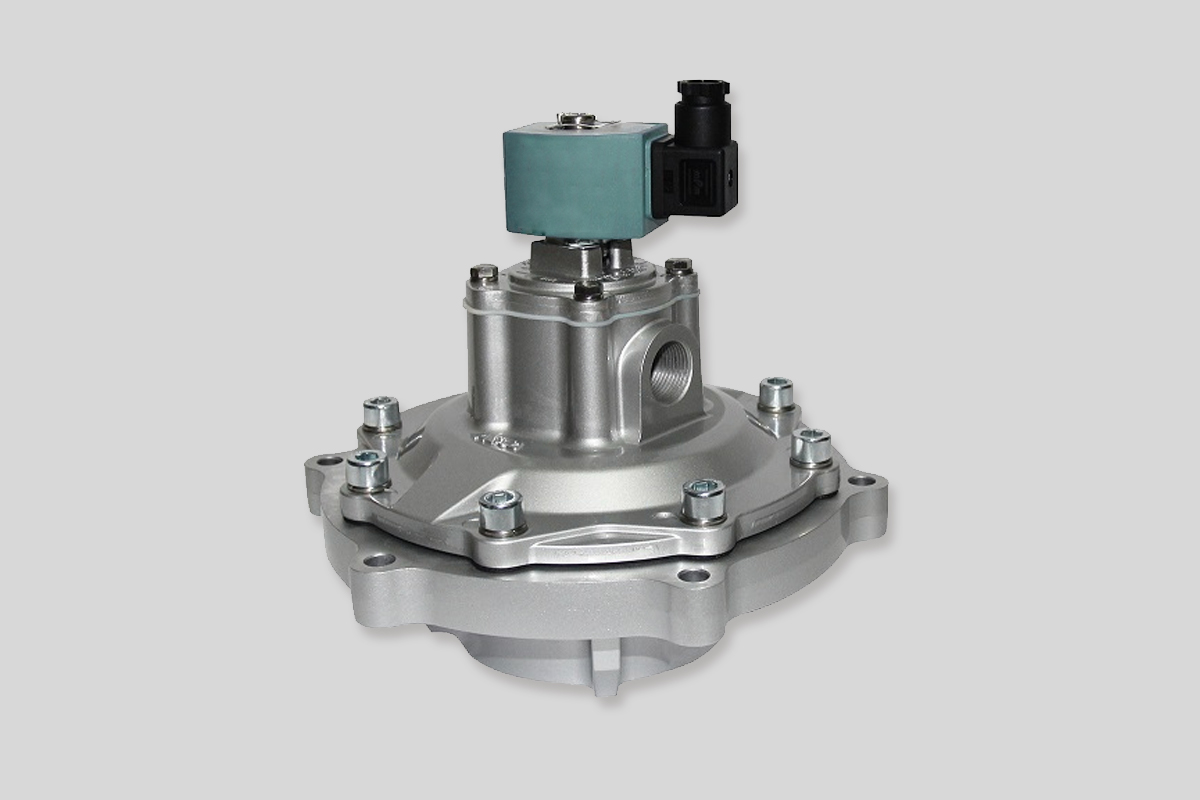
Analysis of Electromagnetic Pulse Valve Failures in Dust Collectors
The electromagnetic pulse valve is a crucial component in dust collection systems. Its stability and reliability directly impact the overall performance of the system. However, in actual use, these valves often encounter various failures that affect dust removal efficiency and system operation. This article analyzes common failures of electromagnetic pulse valves and presents corresponding solutions to enhance the operational efficiency and stability of dust collection systems.
What is the purpose of an electromagnetic pulse valve?
The electromagnetic pulse valve controls airflow in dust collection systems. It uses electromagnetic force to open and close, allowing precise airflow management. This is crucial for effective dust removal and maintaining optimal filtration performance. The valve generates bursts of compressed air to clean filter bags, ensuring efficient operation and minimizing particulate emissions.
Brief Overview of Electromagnetic Pulse Valve Operation
The electromagnetic pulse valve controls the opening and closing of the valve through electromagnetic force. This allows for precise control of airflow within the dust collector. When the valve receives a control signal, the electromagnet generates a magnetic force that lifts the valve core, opening the valve. When the control signal ends, the electromagnet loses its magnetic force, and the valve core moves down under spring pressure, closing the valve. This operation ensures stable airflow and effective dust removal.
Common Failures and Cause Analysis
1.Valve Fails to Open or Close
- Cause One: The coil in the electromagnet burns out or breaks, preventing magnetic force generation.
- Cause Two: The valve core gets stuck or is severely worn, restricting smooth movement.
- Cause Three: The spring fails or deforms, lacking sufficient closing force.
2. Valve Leaks
- Cause One: The sealing gasket ages or breaks, resulting in poor sealing.
- Cause Two: Scratches or damage on the valve body or core affect sealing effectiveness.
- Cause Three: Improper installation or loose connections lead to gas leaks.
3. Abnormal Control Signals
- Cause One: Short circuits or breaks in the control line prevent signal transmission.
- Cause Two: A faulty controller fails to send the correct control signal.
- Cause Three: External interference causes signal instability or distortion.
Failure Treatment Measures
For Valves That Fail to Open or Close
For Leaking Valves
For Abnormal Control Signals
Preventive Measures and Recommendations
Strengthen Daily Maintenance
Improve Installation Quality
Optimize Control Systems
Conclusion and Outlook
This article provides an in-depth analysis of common failures in electromagnetic pulse valves for dust collectors and offers corresponding treatment and preventive measures. By strengthening daily maintenance, improving installation quality, and optimizing control systems, we can effectively reduce the failure rate of electromagnetic pulse valves and enhance the operational efficiency and stability of dust collection systems. Looking ahead, we will continue to monitor technological advancements and application trends in electromagnetic pulse valves, exploring innovations to contribute to the optimization and upgrading of dust collection systems.
For more information or technical support, please feel free to contact us! We are here to assist you.


